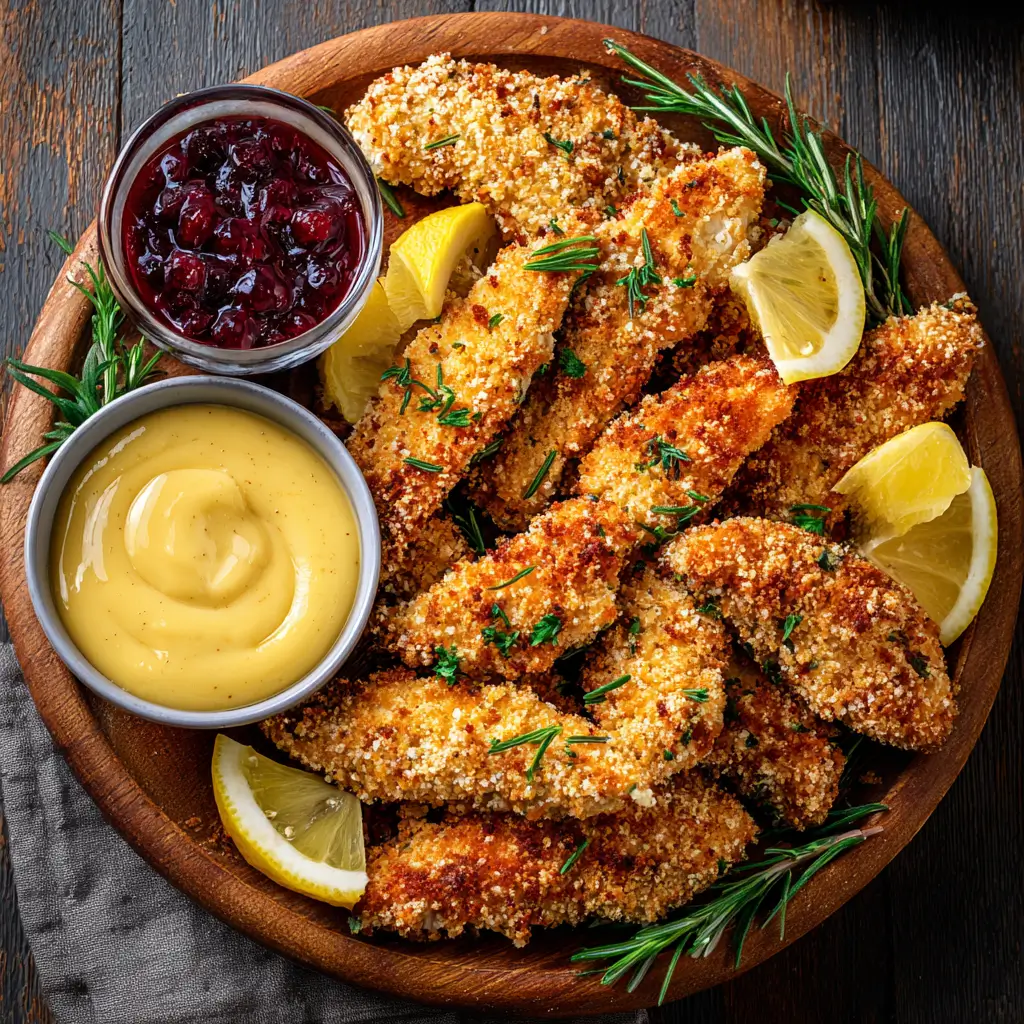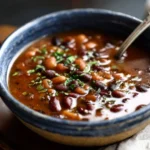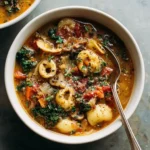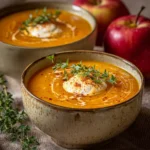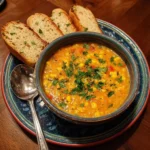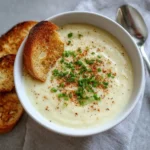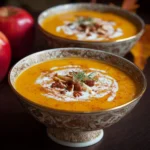Introduction
Crispy Chicken Tenders are a beloved classic, adored by both kids and adults alike. Whether served as a quick snack, a game-day appetizer, or a satisfying main course, these golden-brown strips of tender, juicy chicken encased in a crunchy exterior are simply irresistible. Easy to make, customizable, and incredibly versatile, chicken tenders have become a staple in homes, restaurants, and fast-food joints around the world. In this comprehensive guide, you’ll learn everything you need to know to make the crispiest, juiciest chicken tenders right in your own kitchen.
The History
Chicken tenders, also known as chicken fingers or strips, gained popularity in the United States during the 1970s and 1980s. While their exact origin is debated, many believe they were created as a way to use smaller, more tender cuts of chicken—specifically the pectoralis minor muscle, or “tenderloin,” located under the breast. As fast food chains began serving them with dipping sauces and fries, they became a go-to meal for families and a favorite among children. Today, chicken tenders are a global comfort food, found in countless variations across different cuisines.
Ingredients Breakdown
- Chicken: Boneless, skinless chicken breasts or tenders are the base. You can use either, but breasts offer more control over portion size.
- Flour: Provides a base for the coating and helps with browning.
- Seasonings: Salt, pepper, garlic powder, paprika, and onion powder add depth and flavor.
- Eggs: Acts as a binder to help the coating stick to the chicken.
- Breadcrumbs: For that signature crunch. Panko breadcrumbs give the crispiest texture.
- Oil: Neutral oil like vegetable or canola works best for frying.
- Milk or Buttermilk (optional): Adds moisture and helps tenderize the chicken.
Step-by-Step Recipe
- Prepare the Chicken: Cut chicken breasts into 1- to 2-inch strips. Pat dry with paper towels.
- Season the Chicken: In a bowl, toss the chicken with salt, pepper, garlic powder, paprika, and onion powder. Add a splash of milk or buttermilk if desired, and let marinate for 15–30 minutes.
- Set Up a Breading Station: Prepare three bowls—one with flour and seasonings, one with beaten eggs, and one with breadcrumbs (panko for extra crispiness).
- Bread the Chicken: Dredge each strip in flour, shake off excess. Dip in egg, then coat thoroughly in breadcrumbs, pressing gently to adhere.
- Heat the Oil: In a large skillet, heat about 1 inch of oil to 350°F (175°C).
- Fry the Chicken: Fry in batches for 3–4 minutes per side or until golden brown and cooked through (internal temperature 165°F / 74°C).
- Drain: Place on a wire rack or paper towels to drain excess oil.
Tips
- Use a Wire Rack: Placing fried tenders on a wire rack instead of paper towels helps maintain crispiness.
- Double Dredge: For extra crunch, dip the chicken again in egg and breadcrumbs after the first coating.
- Keep Warm: Place finished tenders on a baking sheet in a preheated 200°F (95°C) oven while you fry the rest.
- Oil Temperature: Keep the oil between 350°F and 375°F to ensure even cooking and crispiness.
- Don’t Overcrowd the Pan: Frying too many tenders at once can lower the oil temperature and result in soggy chicken.
Variations and Customizations
- Spicy Tenders: Add cayenne pepper or chili powder to the flour or breadcrumbs, or toss in hot sauce after frying.
- Honey BBQ Chicken: Brush with barbecue sauce or drizzle with honey after frying.
- Buffalo Style: Toss in buffalo sauce and serve with ranch or blue cheese dressing.
- Bake Instead of Fry: Place breaded tenders on a wire rack over a baking sheet and bake at 400°F (200°C) for 15–18 minutes, flipping once.
- Gluten-Free: Use gluten-free flour and breadcrumbs to make the recipe safe for those with dietary restrictions.
- Cheesy Crust: Mix grated Parmesan into the breadcrumbs for a savory, cheesy crust.
Health Considerations and Nutritional Value
While chicken tenders are a good source of protein, they can be high in calories, fat, and sodium depending on how they’re prepared. A typical serving of three fried chicken tenders (about 4 oz) contains approximately:
- Calories: 300–400
- Protein: 20–25g
- Total Fat: 15–20g
- Carbohydrates: 20–30g
- Sodium: 500–800mg (varies by seasoning and dipping sauce)
To make them healthier:
- Bake instead of fry to reduce fat and calories.
- Use whole grain or panko breadcrumbs for added fiber.
- Opt for low-sodium seasonings and sauces.
- Pair with vegetables or a salad instead of fries for a balanced meal.
Ingredients
- 2 boneless, skinless chicken breasts (or 1 lb chicken tenders)
- 1 cup all-purpose flour (or gluten-free flour)
- 1 teaspoon salt
- 1/2 teaspoon black pepper
- 1/2 teaspoon garlic powder
- 1/2 teaspoon paprika
- 1/2 teaspoon onion powder
- 2 large eggs
- 1 cup breadcrumbs (panko for extra crispiness)
- 1/4 cup milk or buttermilk (optional)
- Vegetable or canola oil (for frying)
Directions
- Cut chicken into 1- to 2-inch strips and pat dry.
- In a bowl, season chicken with salt, pepper, garlic powder, paprika, onion powder, and milk. Let sit for 15–30 minutes.
- Prepare a breading station with seasoned flour, beaten eggs, and breadcrumbs.
- Dredge each chicken strip in flour, then egg, then breadcrumbs, pressing gently to adhere.
- Heat oil in a skillet to 350°F.
- Fry tenders in batches for 3–4 minutes per side until golden and cooked through.
- Drain on a wire rack or paper towels.
- Serve warm with your favorite dipping sauce!
FAQ
Can I bake the chicken tenders instead of frying them?
Yes! Place breaded tenders on a wire rack over a baking sheet and bake at 400°F (200°C) for 15–18 minutes, flipping halfway through for crispiness.
How do I keep chicken tenders from getting soggy?
Place them on a wire rack instead of paper towels to allow air circulation. Also, avoid overcrowding the pan when frying.
